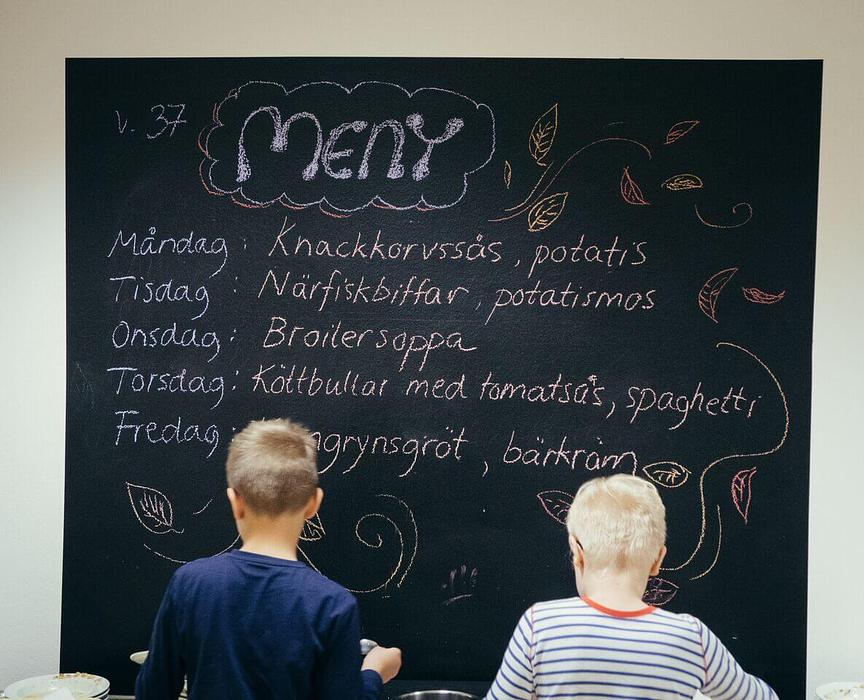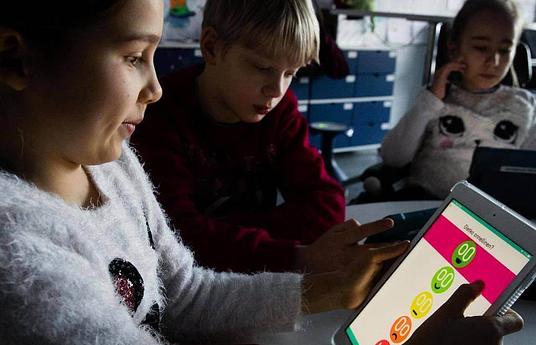Nutrition has a great effect on children’s well-being, energy levels, and learning results. It is important that schools not only pay attention to the nutritiousness of school lunches, but also the resulting food culture. School lunches are supervised social events meant to support students comprehensively in their growth and development and improve their satisfaction in school.
The Cygnaeus school has worked to actively improve their school cafeteria’s impact on student well-being and satisfaction. The results can be seen in the students’ newfound respect towards food and the staff who makes it.
The school has noticed that investing in continuous food education promotes school satisfaction, learning results and creates opportunities for collaboration between schools and parents.



